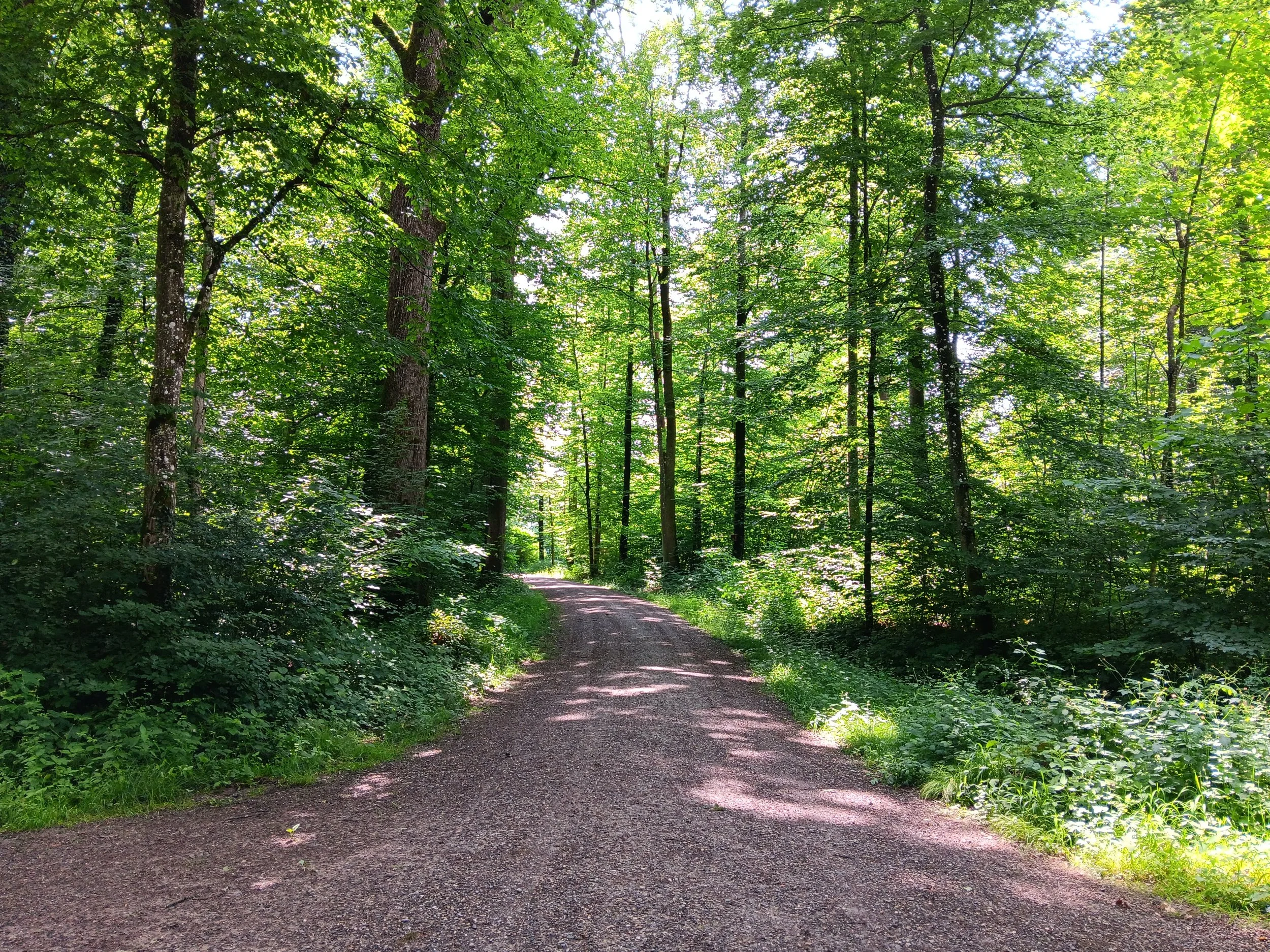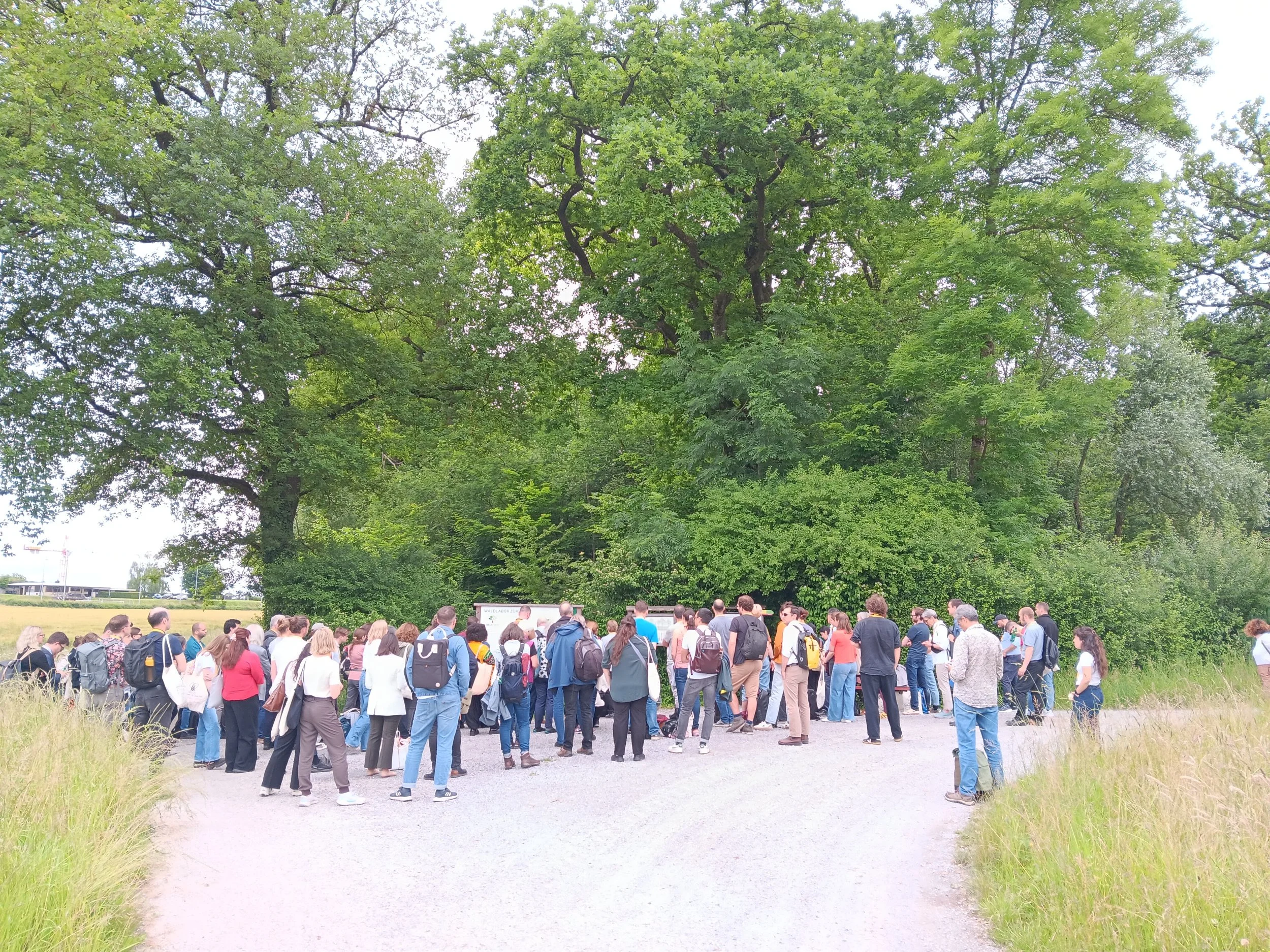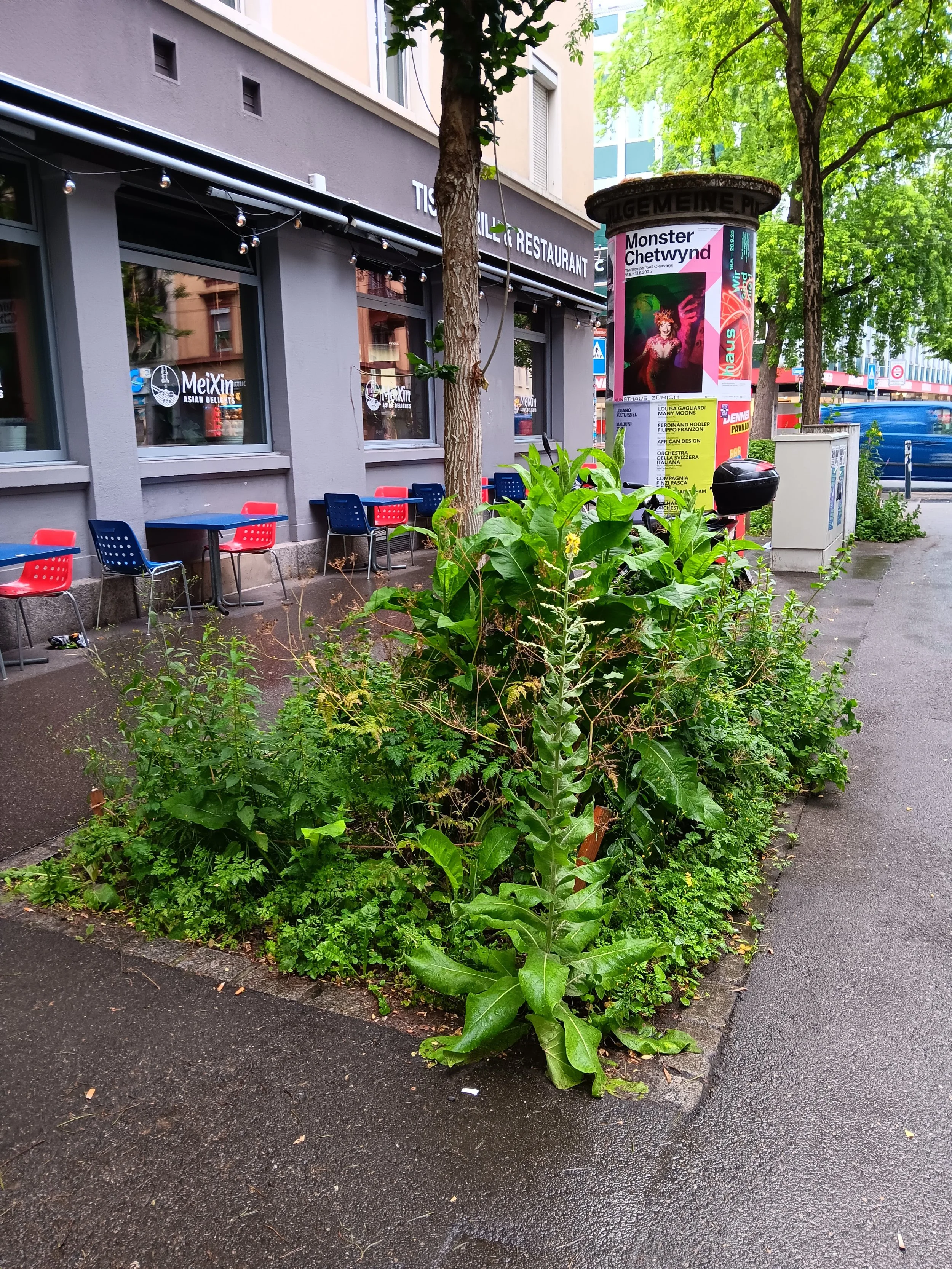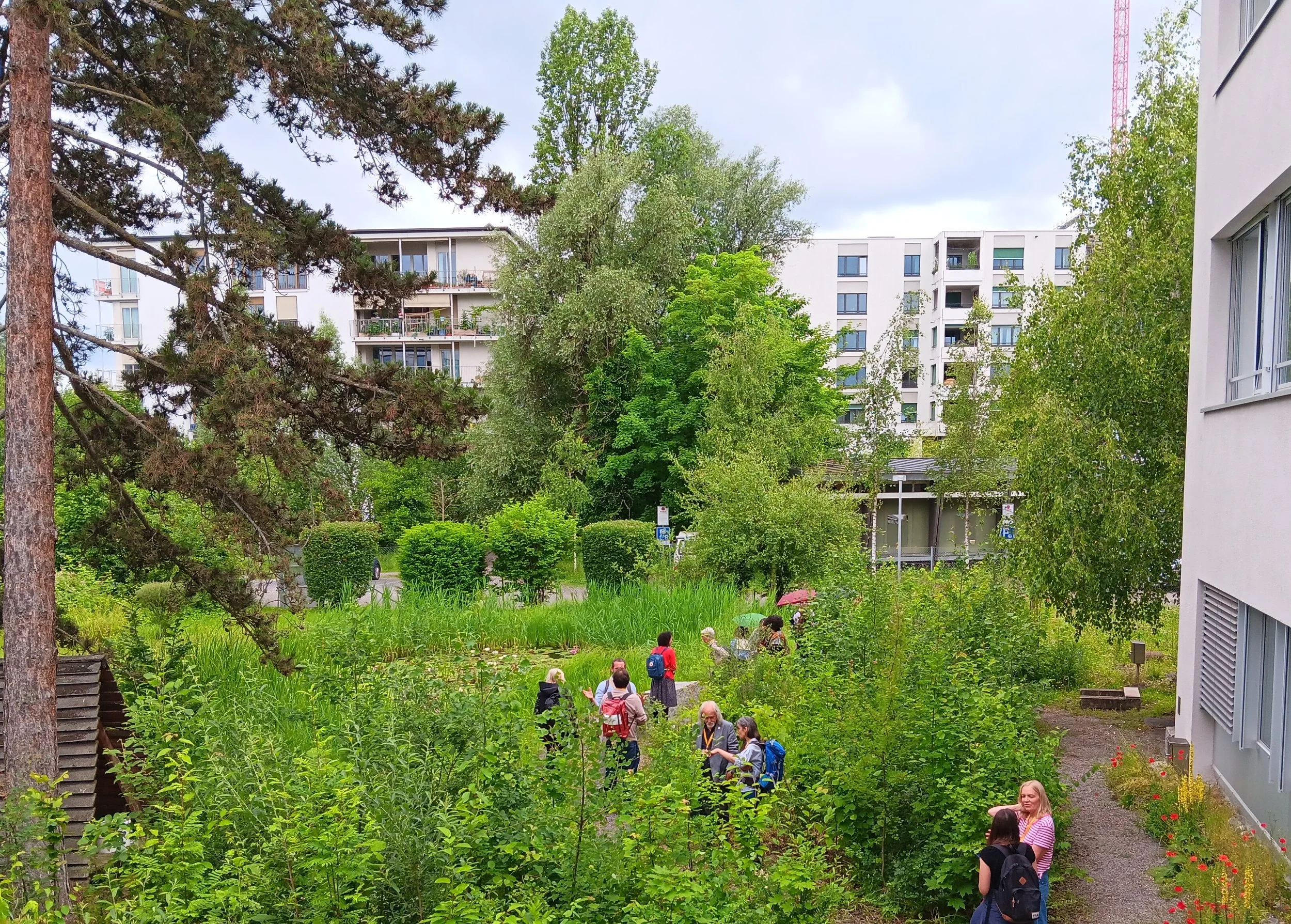Integrate Workshop & European Forum on Urban Forestry 2025
TreeSpace spent the beginning of June in the incredible City of Zurich to participate in a workshop on Integrative Forest Management (IFM) and attend the 27th European Forum on Urban Forestry Conference. The IFM workshop and the conference were coordinated by different organisations but both events merged on the first morning of the conference to discuss the challenges and opportunities between urban forestry and close-to-nature forestry. The theme of the IFM workshop was ‘Increasing biodiversity to promote adaption and resilience of European forests by using close-to-nature forestry’. IFM promotes an integrative approach to forest management where biodiversity should not be exclusive to forest reserves or protected areas but also be embedded in production forestry. The three-day IFM workshop included seven keynote presentations, indoor group discussions, and a full day of outdoor workshops in the Waldlabor Zurich urban forest. Waldlabor translates as ‘forest laboratory’.
Waldlabor Zurich
The Waldlabor is a 150-hectare urban forest located on Honggerberg Hill approximately 5 km northwest of Zurich city centre. The Waldlabor is a 24/7 forest which provides an interactive forest experience for scientists, forest owners, policymakers and the public. There are thirty-four research projects being undertaken in the forest some of which are running on a 100-year research timeframe. Participants at the IFM workshop were introduced to some of these research projects which included Eco-hydrology, tree species and provenance trials, forest wildlife interactions, and silvicultural systems. The silvicultural systems being implemented in the Waldlabor forest were a mixture of coppice with standards, and a selection system where only the increment is harvested every five years. The ecohydrological project measures the quantity and quality of all water flows from precipitation, interception and stem flow, plant roots, soil water, and groundwater to the runoff in the nearest stream. The research project made some notable discoveries about the length of time for rainfall to become streamflow, the amount of water held in the litter layer, and the amount of water that actually reaches the forest soil.
EFUF 2025 Participants being introduced to the Waldlabor.
The European Forum on Urban Forestry (EFUF) conference began on the final day of the IFM workshop and both groups merged at the conference venue in ETH Zurich-Zentrum. The format of the conference included keynote speeches in the morning with networking opportunities at the breaks, short presentations and workshops running parallel in the afternoon, and a field excursion in the evening followed by a social event. The keynote presentations for each day had a theme; the themes that were covered included ‘Resilient and Healthy Environments: challenges and opportunities between urban forestry and close-to-nature forestry’ | ‘Creating Healthy, Resilient, Safe and Equitable Urban Environments: the potential of urban forests and participation’ | ‘Creating the Future’. There were fifty-two short presentations in the parallel sessions over three days which covered similar themes to the keynotes including ‘Urban Forests for Resilient Cities’ | ‘Urban Forests for Healthy Cities’ | ‘Urban Forests for Inclusive Cities’ | ‘Urban Forests for Sustainable Urban Planning’. The evening field excursions over the three days included a study visit to the Waldlabor urban forest followed by a barbecue, a visit to a micro forest followed by a gala dinner, and a study visit to some city parks followed by a tropical dinner. There was an optional field trip after the conference had finished to visit a recreational forest in Wallisellen which was organised by the Canton of Zurich. The hosts for the field trip discussed the silvicultural systems being implemented in the forest, the recreational features, the interaction of the forest with the urban environment, the impacts of a recent storm, and the modifications to the water course flowing through the forest.
Both the IFM workshop and EFUF conference were inspiring and motivating, and they provided a unique opportunity to network and gain insight into closer-to-nature forestry and urban forestry in Europe. Looking forward to more IFM workshops in the future and to EFUF 2026 in Malmo!
City of Zurich
· 70,000 public trees.
· Estimated additional 70,000 private trees.
· City trees canopy area 16%.
· Goal to 2050 is 25% tree canopy area.
· 2230 hectares of the city area is under forest.
· City forests are the largest publicly accessible green spaces in the city.
70 parks and green spaces.
Member of Pro Silva Schweiz explaining the silvicultural treatments being implemented in the Waldlabor.
Bioretention tree pits for a sponge city project in Zurich.
Typical tree pit opening in Zurich with perennials and wildflowers. The tree pit openings are maintained by the local residents.
Tiny forest in Hagenholz planted in 2023. .







